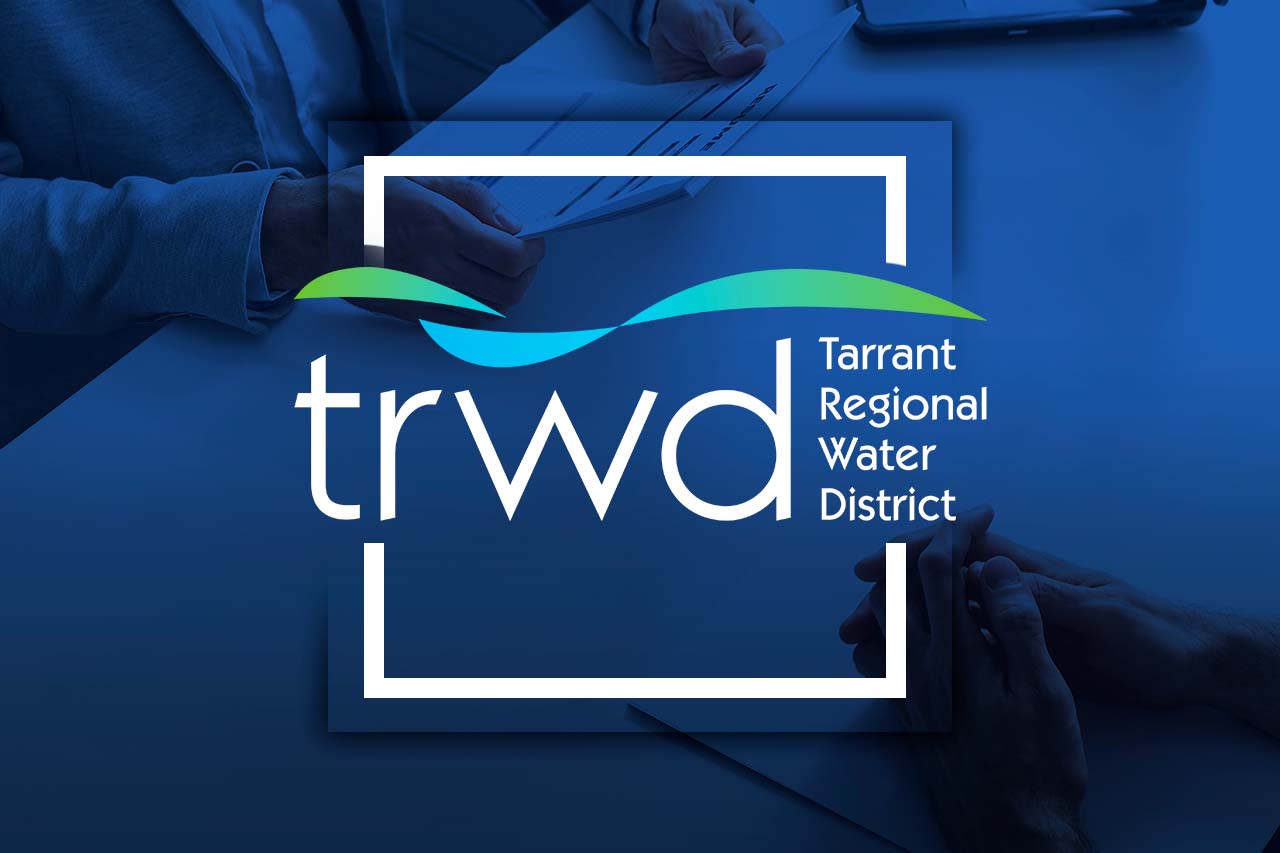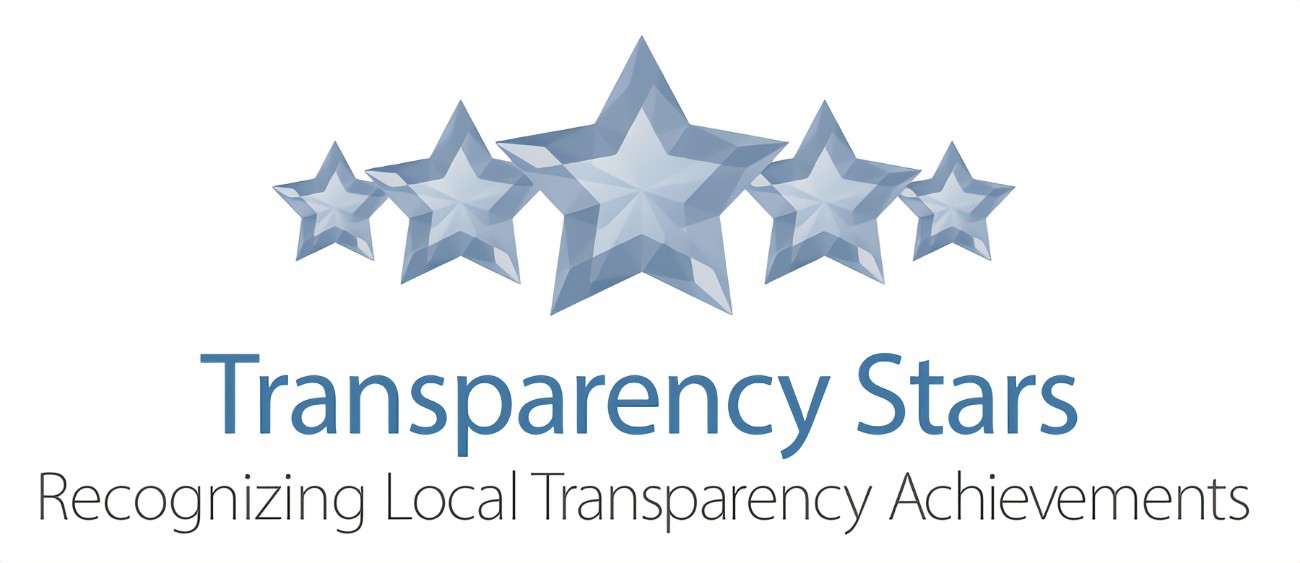
TRWD’s Board of Directors recently adopted operating budgets for the 2024 fiscal year that includes a property tax cut while still providing reliable water supply, flood control protection and other essential community services.
The approved budgets – the $171.8 million Revenue Fund, the $28.4 million General Fund and $11.2 million Special Projects Fund – reflect TRWD’s concerted efforts to spend its money wisely while still providing water for 70 customer cities in a growing, 11-county region in North Texas.
The Revenue Fund draws its income through raw water sales to the District’s customers. It pays for water supply functions serving over 2 million people. The $171.8 million 2024 budget is 8.7 percent higher and is supported by a 4.87 percent increase in the water rate. The new rate is 1.35479 per 1,000 gallons.
Under this Revenue Fund budget, TRWD will:
- Replace portions of the Cedar Creek pipeline, which is 50 years old, expand the Kennedale Balancing reservoirs and build a new operations facility to replace the existing 60-year-old facility.
- Pay for two large system studies. The Integrated Water Supply plan will develop a comprehensive approach to provide a reliable water supply to all of the customers. A System Operating Permit Evaluation will examine the feasibility of pursuing a system-wide permit for TRWD.
- Remove silt from the George Shannon Wetlands.
- Pay for employee-related costs that have increased due to the cost of personnel needed to maintain both a larger system and one that is aging.
The General Fund budget is supported by property tax dollars and pays for flood control and recreational facilities within the District’s boundaries, now and in the future. The $28.4 million budget in 2024 is $6 million higher than last year, but still allows for a property-tax reduction from $0.0269 per $100 valuation to $0.0267 per $100 valuation.
The average taxpayers’ bill will increase by less than $10 annually, and the tax rate represents 1 percent of the average homeowner’s bill and it remains the lowest in Tarrant County.
Even with this lower tax rate there will be adequate funds to support growing expenses.
Under this General Fund budget, TRWD will:
- Pay for construction and repair projects, including $500,000 to complete the Ten Mile Trailhead, $500,000 for maintenance road and trail replacement and $380,000 for multiple erosion repair projects.
- Evaluate the flood levels for the Fort Worth Floodway, design for erosion repair under Handley Ederville Road and fund the Recreation Master Plan.
- Support increased employee-related costs needed to continue to maintain the floodway and move to a new level of service with increased community use and popularity.
- Reinforce environmental stewardship in the communities the District serves through public outreach and stewardship programs, including Trash Bash, Fort Worth’s Fourth and a partnership with the City of Fort Worth on the Clear Fork Trash Wheel.
- The Special Projects fund budget of $11.2 million encompasses the Central City/Panther Island project and is supported by non-operating revenue such as oil-and-gas leases and land sales.
- The Special Projects fund provides the District with a monetary tool to support flood control and recreational projects with the use of variable revenues.
Under the Special Project Fund budget, the District will:
- Finance the Stormwater/Flood Control canals being built to service Panther Island.
- Provide money to environmentally cleanup land and prepare land groundwater that is in the path of the flood control/bypass channel in the Central City project.


